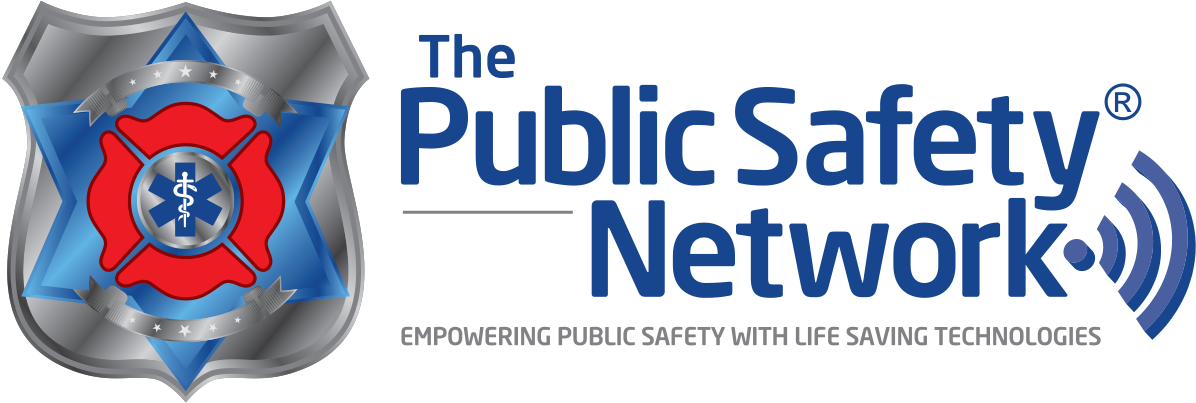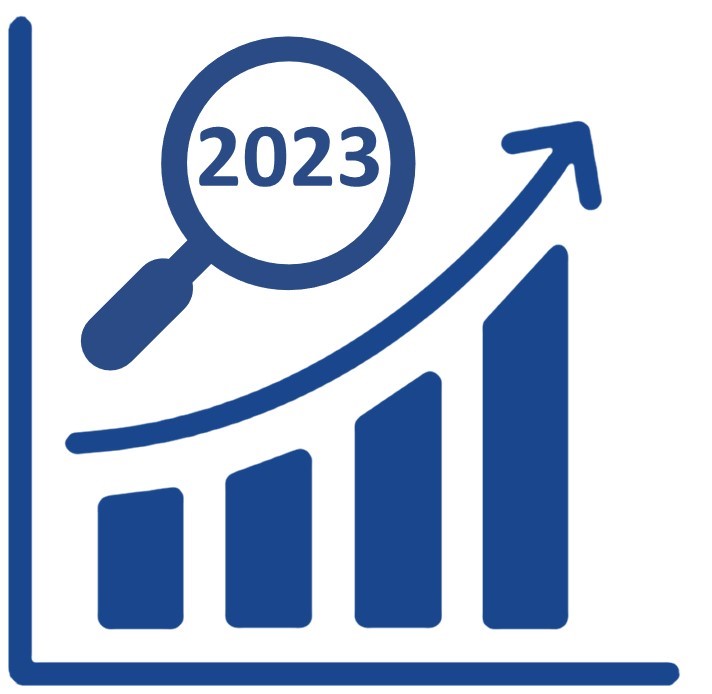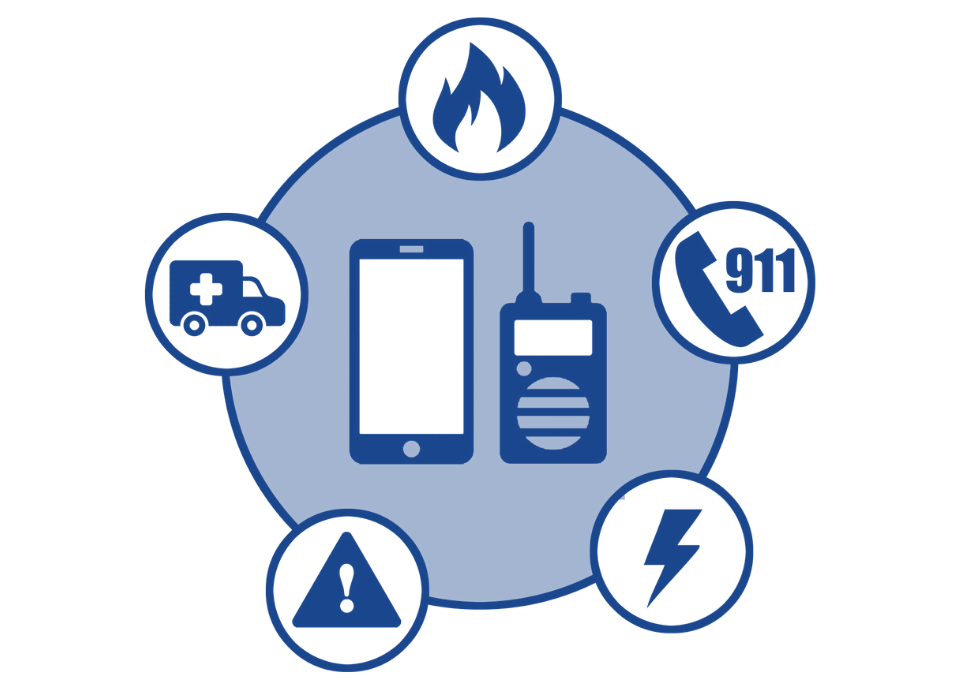
Listen to the Voice of Your Public Safety Customers
November 23, 2021
Build, Buy, Partner? Insights into Public Safety Technology Vendors’ Strategies
January 31, 2022What’s Coming Next for Public Safety Tech
Looking ahead to 2022, instead of making new year’s resolutions – i.e., those goals we hope will come to fruition – we thought we’d share our forecast for public safety technology in 2022. We’ve identified emerging technology, early adopter and testing trends, and what we think will happen to support our first responders.
Here we go with the top 10 list of what you’ll see next year:
- An ever-increasing use of and reliance on broadband data across smartphones, tablets, and wearables (e.g, watches, fitness monitors, biometric sensors, etc.) among public safety. A recent survey reported that first responders depend more upon their smartphones on a daily basis than they do their LMR radios. Public safety LTE is now a must have and no longer an option.
- A continued rise in EMS use of telemedicine, along with the connectivity over LTE (such as that provided by Allerio) and satellite, remotely monitored devices, and platforms (e.g., Pulsara, Tele911, etc.) to support this type of EMS delivery.
- Increased use of drones and cost-effective portable robots across all public safety disciplines to provide faster situational awareness and increased safety for first responders.
- Continued willingness among technology vendors to support numerous software and hardware integrations to facilitate “single pane of glass” platforms (e.g, Intterra, Florian, Tablet Command, etc.) for public safety, with data layers from multiple sources that can be toggled on and off for better visibility into all types of public safety resources and operations.
- A concerted effort to enhance NG911 capabilities at Emergency Communications Centers (ECCs) across the US. With additional data repositories (such as RapidSOS), analytics, standards-based incident data exchange, artificial intelligence (AI), and data and video feeds, resulting alerts and relevant incident information can be sent in real-time by ECCs to first responders nearby or on scene, significantly reducing response times and providing better insights into the complexities and nuances of the incident.
- Increased focus on and use of deployables (such as those provided by Rescue42) and other range extension solutions to “light up” previously considered “dead zones.” With new connectivity options, such as FirstNet MegaRange and HyphaMESH, which substantially expand network range to enable fast data transfer (including video) using fiber, LTE or satellite for backhaul, the efficiency of response operations grows exponentially. And the proliferation of low Earth orbit (LEO) satellites should bring down the cost of satellite services for in transit mobile use and rural access to the internet.
- International progress in public safety broadband network development and roll out in Finland, called VIrve. It is now growing in use by police, fire, EMS, rescue, healthcare and social services, emergency management and defense forces.
- With climate change a priority and US government commitments to reduce greenhouse gas pollution, the number of electric public safety vehicles will increase. Manufacturers of fire apparatus, law enforcement cars/SUVs and ambulances all will have electric offerings accessible to them starting in 2022.
- Long considered to be one of the most important goals across public safety, efforts to reliably pinpoint Z-axis location for first responders and 911 callers have resulted in several promising solutions over the past few years (such as NextNav, TRX Systems and Polaris Wireless). Additional research and development along with industry partnerships and integrations will drive increased reliability, expanded coverage, and improved accuracy.
- Increased use of video by all emergency responders, including body worn cameras, in-vehicle dash cameras, automated license plate reader cameras, access to transit camera feeds. Video enhances incident reporting, situational awareness, and real-time livestreaming over LTE or HyphaMESH to command centers and field commanders.
Venture investment in Series A or earlier rounds will continue to flow for start-up public safety technology companies, and follow-on investments for Series B or later rounds will grow, and mergers and acquisitions will increase significantly.
Here’s to a fun and exciting year in public safety technology! If you want to chat further about any of these topics, feel free to reach out to our team.




